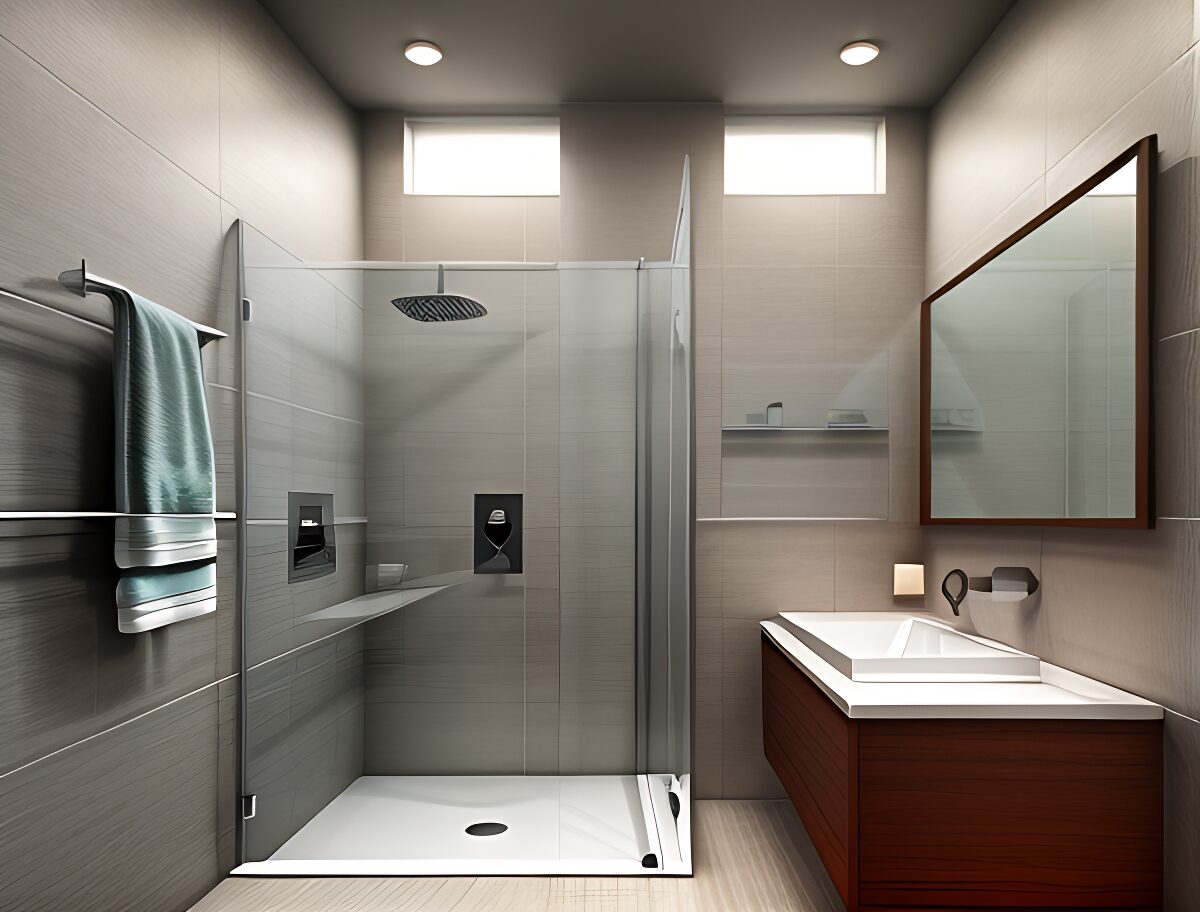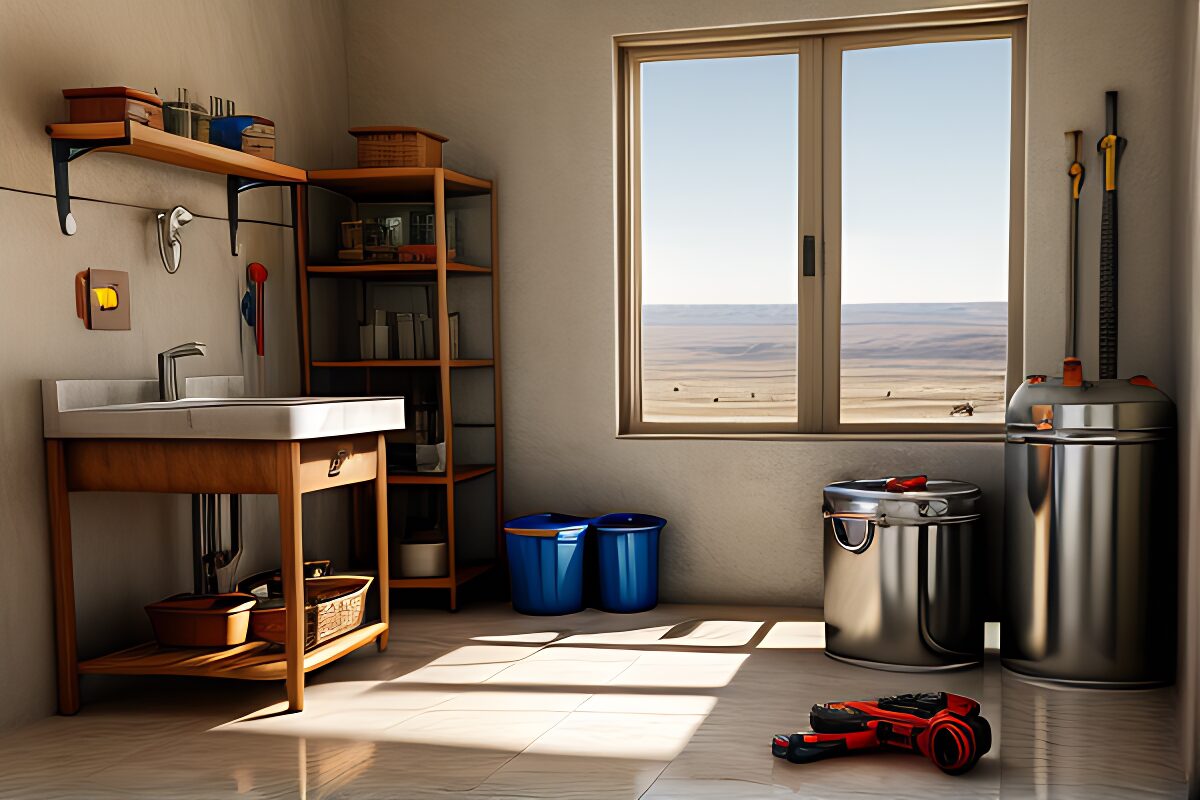The Homeowner’s Guide to Water Heater Maintenance in San Tan Valley and the East Valley

Practical Advice on Maintaining Water Heaters to Extend Their Lifespan
Maintaining your water heater is not just about ensuring you have hot water available whenever you need it; it’s also about extending the lifespan of one of the most crucial appliances in your home. In San Tan Valley, where the mineral content in water can be high, taking care of your water heater becomes even more important. This guide provides detailed, practical advice that homeowners can use to maintain their water heaters effectively and efficiently.
Understanding Your Water Heater’s Needs
Know Your Water Heater Type: First, identify whether you have a traditional tank-based water heater or a tankless model. The type of maintenance will vary significantly between these two. Traditional tank water heaters require more frequent checks on elements like the anode rod and sediment buildup, while tankless models need regular inspection of the filters and burners.
Check the Manufacturer’s Recommendations: Each model and make of water heater has specific maintenance requirements suggested by the manufacturer. Adhering to these recommendations can prevent malfunctions that might void your warranty.
Regular Inspection and Maintenance Tasks
Annual Inspection by a Professional: It is advisable to have your water heater inspected by a licensed plumber annually. This inspection should include checking the pressure relief valve, examining the anode rod for corrosion, and ensuring the thermostat is set at an appropriate level (typically around 120 degrees Fahrenheit to prevent scalding and reduce energy use).
Testing the Temperature-Pressure Relief Valve: The temperature-pressure relief valve is a critical safety feature that prevents pressure from building up too high in the tank. Test this valve by lifting the lever and allowing it to snap back. You should hear a gurgling sound as the valve allows a burst of water into the drainpipe. If no water flows, or if it continues to leak after testing, replacement is necessary.
Flushing the Tank to Remove Sediment: Sediment build-up can significantly reduce your water heater’s efficiency and damage the tank. In San Tan Valley, the hard water contributes to faster sediment accumulation. Annually, flush the tank by turning off the power supply, connecting a hose to the drain valve, and letting the water run until it’s clear.
Enhancing Efficiency and Longevity
Adjust the Thermostat: Setting the thermostat to 120 degrees not only prevents scalding but also reduces energy consumption and slows mineral buildup. This simple adjustment can extend the life of your water heater.
Insulate Older Units: For older tank water heaters, insulating the tank can help maintain the water temperature, reducing the workload on the unit and saving energy. You can use pre-cut jackets or blankets available in most hardware stores.
Replace the Anode Rod: The anode rod attracts corrosive elements in the water, protecting the tank walls from rusting. Check this rod annually, and replace it every 3 to 5 years or more frequently if you notice significant corrosion.
Common Issues and Troubleshooting
Water Temperature Problems: If your water is too hot or not hot enough, the first thing to check is the thermostat setting. If adjustments don’t solve the issue, it might be a faulty thermostat or a malfunctioning heating element.
Discolored Water or Bad Odor: If you notice rusty-colored water or a foul smell, this could be due to bacteria buildup or rust from the tank. Flushing the tank usually resolves this issue. If not, installing a new anode rod may help.
Leaks: Any signs of water pooling around the heater are an immediate concern. Leaks can occur from fittings, connections, or the tank itself. Tightening connections might solve the problem, but if the tank is leaking, it will need to be replaced.
When to Replace Your Water Heater
Age of the Unit: Most water heaters have a lifespan of 8 to 12 years. If your unit is within this age range and experiencing frequent breakdowns or requiring significant repairs, it might be more cost-effective to replace it.
Efficiency Concerns: Newer models are significantly more energy-efficient. Upgrading to a modern, energy-efficient model could reduce your energy bills and provide more reliable hot water.
Capacity Needs: As families grow, so do their hot water needs. If your current water heater is struggling to meet the hot water demands of your household, consider upgrading to a larger capacity model or switching to a tankless system.
Regular maintenance of your water heater is essential, particularly in areas with hard water like San Tan Valley, Mesa, Queen Creek, and Florence. By following these practical steps, you can ensure that your water heater operates efficiently and lasts as long as possible. Remember, when in doubt, consulting with a professional plumber can prevent future problems and ensure that your system is operating at its best.
WDT – We Do That Plumbing
Quality plumbing services for residential properties.
Licensed | Bonded | Insured : ROC# 346166
Mesa, Queen Creek, Chandler, Apache Junction, San Tan Valley, and Florence.
Schedule An Appointment
Call 480 943 7943
Call Before 10 AM for Same Day Service
Call After 10 AM for Next Day Service

